Award Application Letter Template for Your Success
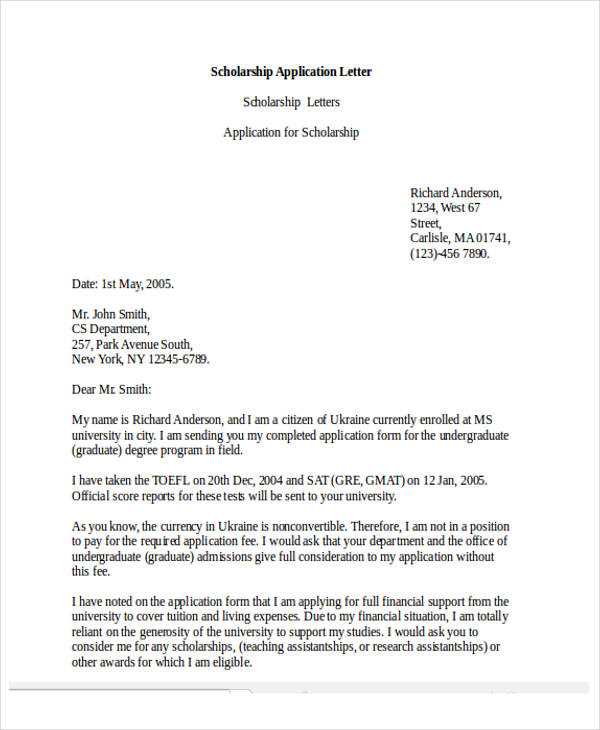
Creating a compelling document to request consideration for a prize or recognition involves clear structure, thoughtful content, and a professional tone. This guide will help you understand the key components that make your request persuasive and effective, ensuring your submission stands out.
Key Elements of a Persuasive Submission
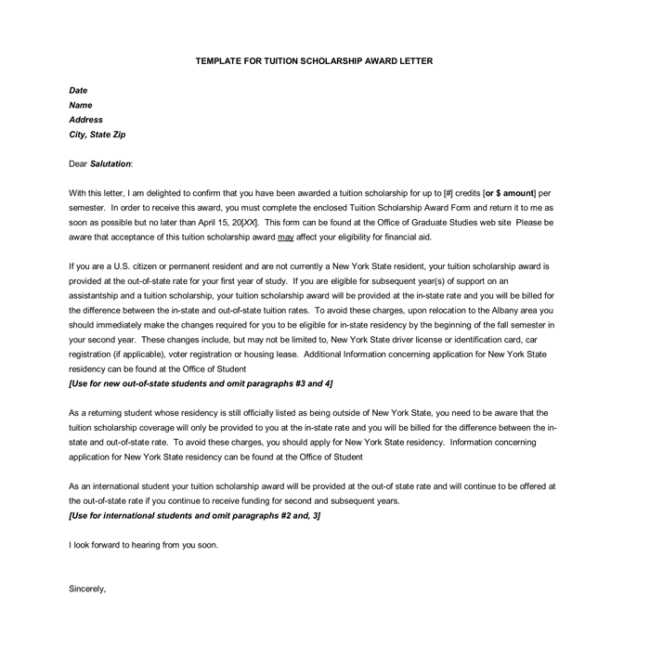
To ensure your request is noticed and taken seriously, it should include essential elements that highlight your qualifications and achievements. Here are the key components:
- Introduction: Start by clearly stating the purpose of your submission, giving a brief overview of your qualifications or achievements.
- Justification: Explain why you deserve recognition by describing your achievements in detail. Include specific examples or accomplishments that demonstrate your contributions.
- Conclusion: Conclude by reiterating your enthusiasm and expressing gratitude for the opportunity to be considered.
How to Stand Out with Your Request
While a well-structured document is essential, it’s equally important to present yourself in the best possible light. Here are some strategies to ensure your submission stands out:
- Be concise and clear: Avoid unnecessary details or overly complex language. A clear, focused message is always more impactful.
- Tailor your content: Customize your document to match the specific requirements or values of the organization offering the recognition.
- Show passion and commitment: Your enthusiasm can be contagious. Make sure to communicate your dedication and why this recognition matters to you.
Avoid Common Pitfalls
Even the best submissions can be undermined by avoidable mistakes. Pay attention to these common issues:
- Over-embellishing: Stick to the facts. While enthusiasm is important, exaggeration can hurt your credibility.
- Ignoring guidelines: Always read and follow the submission guidelines to ensure your request meets the necessary criteria.
- Neglecting proofreading: A document full of errors reflects poorly on you. Always proofread your request before submitting.
Final Thoughts
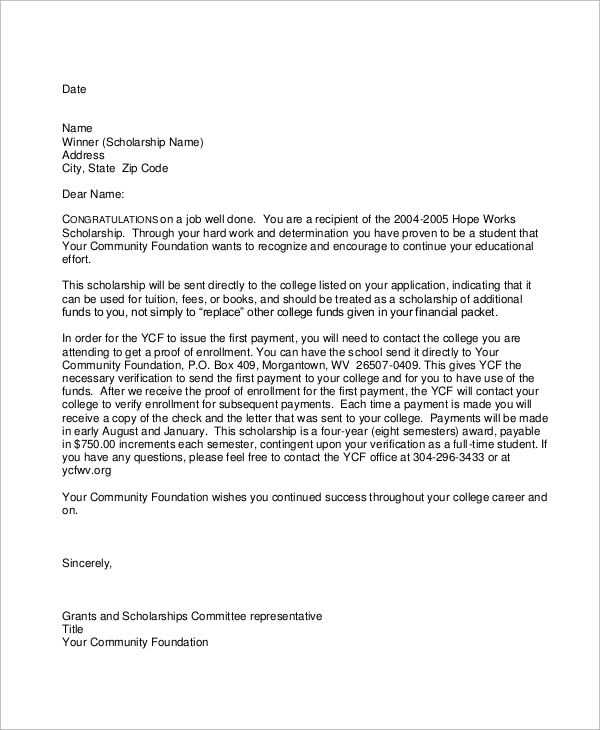
By crafting a well-organized and personalized request, you increase your chances of being recognized for your achievements. Keep it focused, professional, and free from errors to make the best impression.
How to Write an Effective Recognition Request
When seeking recognition for your hard work or achievements, it is important to present your case in a clear and compelling way. A well-crafted submission that highlights your strengths, aligns with the evaluation criteria, and avoids common errors can significantly improve your chances of success.
Key Elements of a Strong Submission
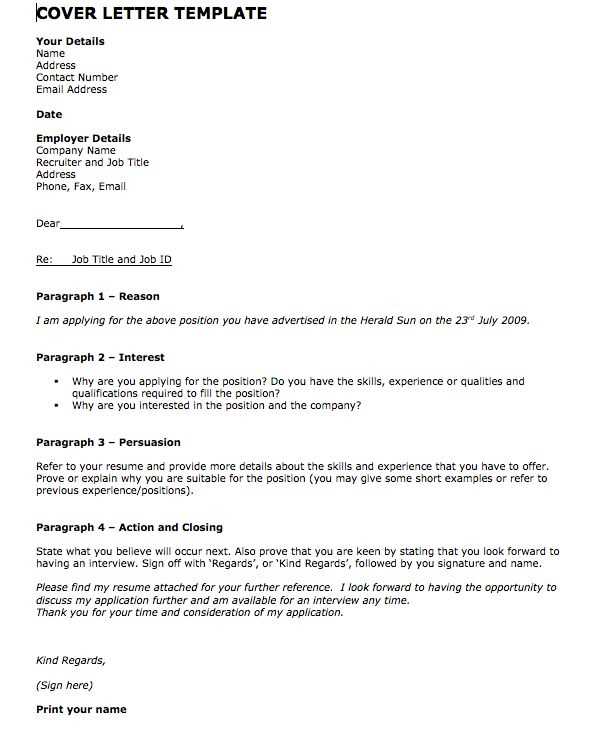
For your request to be effective, it must include several crucial components:
- Introduction: Begin with a brief, direct statement of intent, explaining why you’re seeking recognition.
- Supporting Details: Provide examples and accomplishments that demonstrate your suitability for recognition. Be specific and relevant.
- Conclusion: End with a summary of your request and a polite expression of gratitude for consideration.
Crafting a Personalized Submission
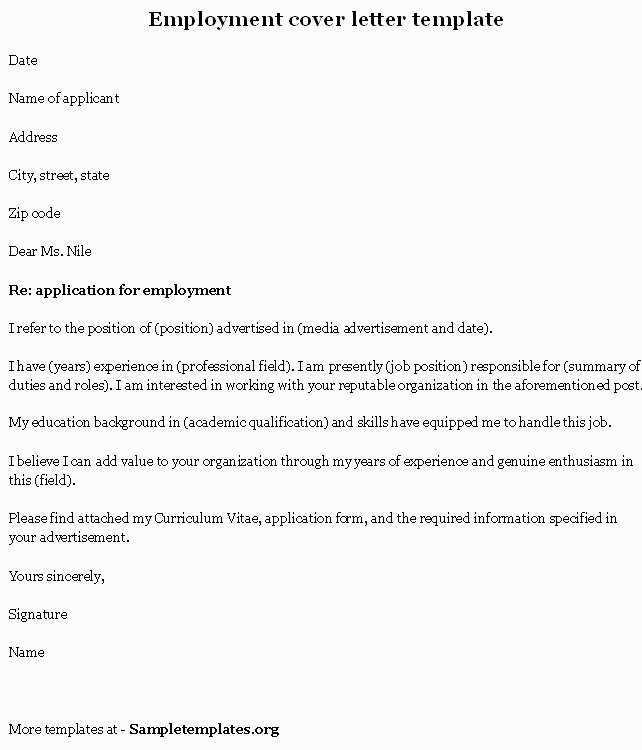
To truly stand out, your submission should feel tailored to the organization and the type of recognition you are seeking. Customize your content to match the values and goals of the awarding body, highlighting how your achievements align with their mission.
Common Mistakes to Avoid
There are several mistakes that can weaken your request, including:
- Overgeneralization: Avoid vague or unsupported claims. Specific examples of your work or contributions are more persuasive.
- Ignoring Guidelines: Pay close attention to any instructions or criteria provided. Failing to follow these can disqualify your submission.
- Neglecting Proofreading: Typos or poor grammar can undermine your professionalism. Always check for errors before submitting.
Tips for Making Your Submission Stand Out
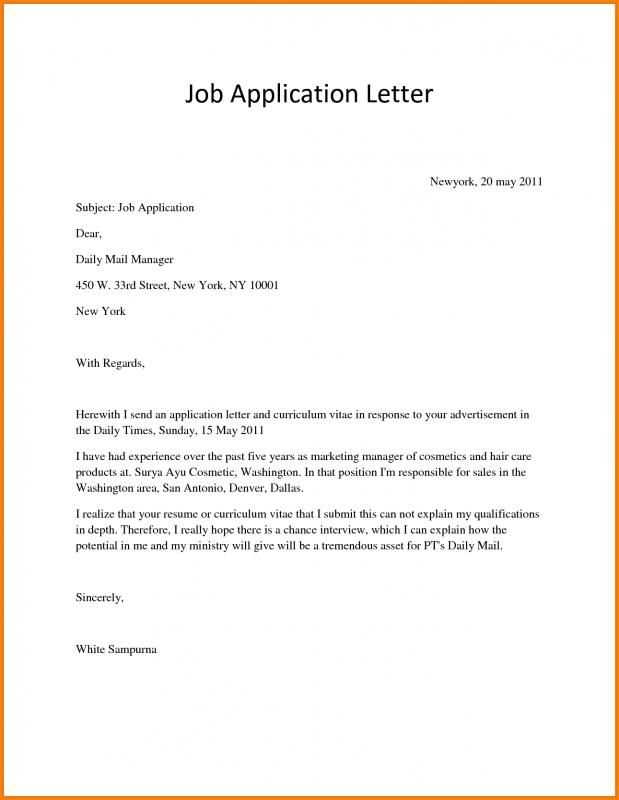
To ensure your request grabs attention, here are some tips:
- Be concise and focused: Keep your writing clear and to the point. Avoid unnecessary details that could distract from your main message.
- Show your passion: Make sure your enthusiasm for your work and the recognition opportunity shines through in your submission.